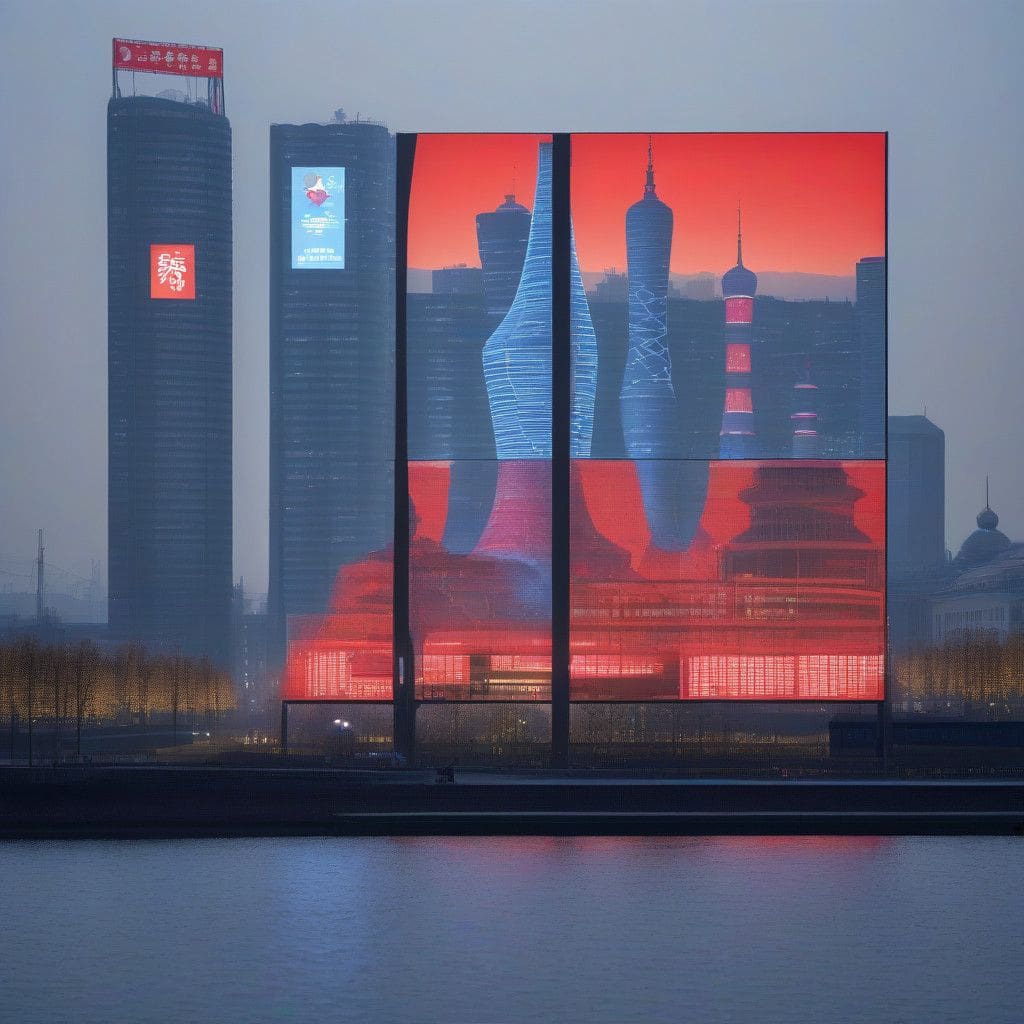In a rapidly changing landscape dominated by technology and international relations, the Dutch government’s decision to expand licensing requirements on ASML’s chipmaking equipment has sparked significant backlash from Beijing. This step, which effectively aligns Dutch policies with US-led export restrictions, has the potential to reshape the semiconductor supply chain and deepen trade tensions between China and the West.
ASML, a key player in the global semiconductor industry, produces advanced lithography machines crucial for manufacturing cutting-edge chips. The Netherlands’ decision specifically targets ASML’s 1970i and 1980i Deep Ultraviolet (DUV) lithography systems, limiting their export to China. By doing so, the Dutch government essentially halts the flow of vital technology to one of the world’s most rapidly advancing tech markets.
China’s reaction has been one of strong discontent. Officials have labeled the Dutch licensing changes as a tactic orchestrated by the United States to stifle China’s technological growth and maintain its global dominance. This sentiment was very clearly articulated in a statement from Chinese authorities, who urged the Dutch government to reconsider its stance and avoid further “abusing” export controls, thus potentially jeopardizing cooperation between China and the Netherlands in the semiconductor sector.
Understanding the backdrop to these developments is crucial. Since last year, the US has increasingly pressured its allies, including the Netherlands and Japan, to implement similar restrictions aimed at curtailing Chinese access to advanced semiconductor technologies. The intention behind these measures is not vague; it aims to prevent China from gaining self-sufficiency in areas deemed strategically important for national security.
Dutch Trade Minister Reinette Klever has defended her government’s position, emphasizing that the licensing expansion is in the interest of safety. However, the sentiment in China suggests a rejection of this narrative, portraying it instead as an unjustified act to suppress a competing economy.
Critical to this discussion is the fact that the Dutch restrictions effectively bar ASML, the world’s largest supplier of chip-making equipment, from sending its latest lithography systems to China. This denial impacts China’s capacity to produce semiconductors that meet modern needs. Given that semiconductors are integral to a plethora of products, from smartphones to sophisticated military systems, this restriction could have far-reaching consequences.
As the semiconductor race tightens, the stakes continue to rise. The potential for escalating conflict in tech-related trade is palpable. In a world increasingly reliant on technology, China’s determination to secure advanced semiconductor capabilities is equaled by its frustration at external pressures. This scenario could lead to a more fractured approach to global supply chains as countries are forced to navigate their relationships carefully amid external political pressures.
For businesses and policymakers, the unfolding situation underscores the necessity of adopting a proactive approach in navigating such complex and sensitive geopolitical waters. The semiconductor industry highlights a critical juncture at which economic ties and national policies converge, revealing the vulnerabilities and dependencies that can shape global dynamics.
In conclusion, as the Dutch government’s actions ripple through the semiconductor market, both China and its economic allies will likely explore alternative strategies to circumvent these restrictions, possibly leading to further innovations in chip technology domestically or in third-party nations. The chess game of international relations in the technology sector is far from over, with future moves highly consequential for all players involved.












